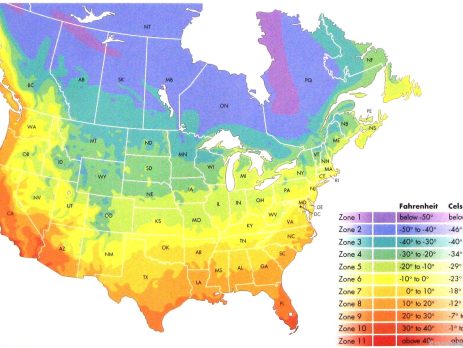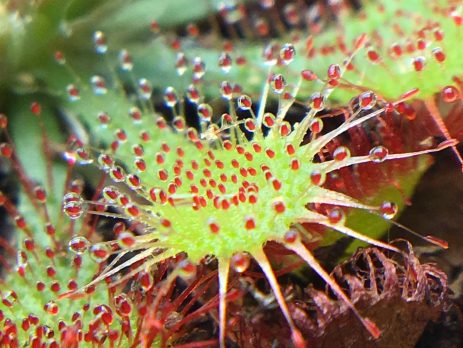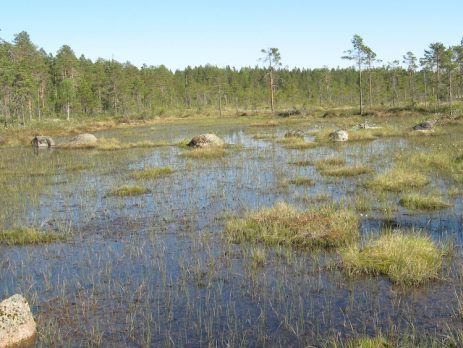USDA Zone Temperature Range Chart
If you’re growing cold hardy carnivorous plants, the USDA Hardiness Zone Chart is useful to determine the type of winter protection you will need to provide for your plants. Each zone is based on the average lowest recorded temperatures in a given region. The lower the number, the colder the winters.




